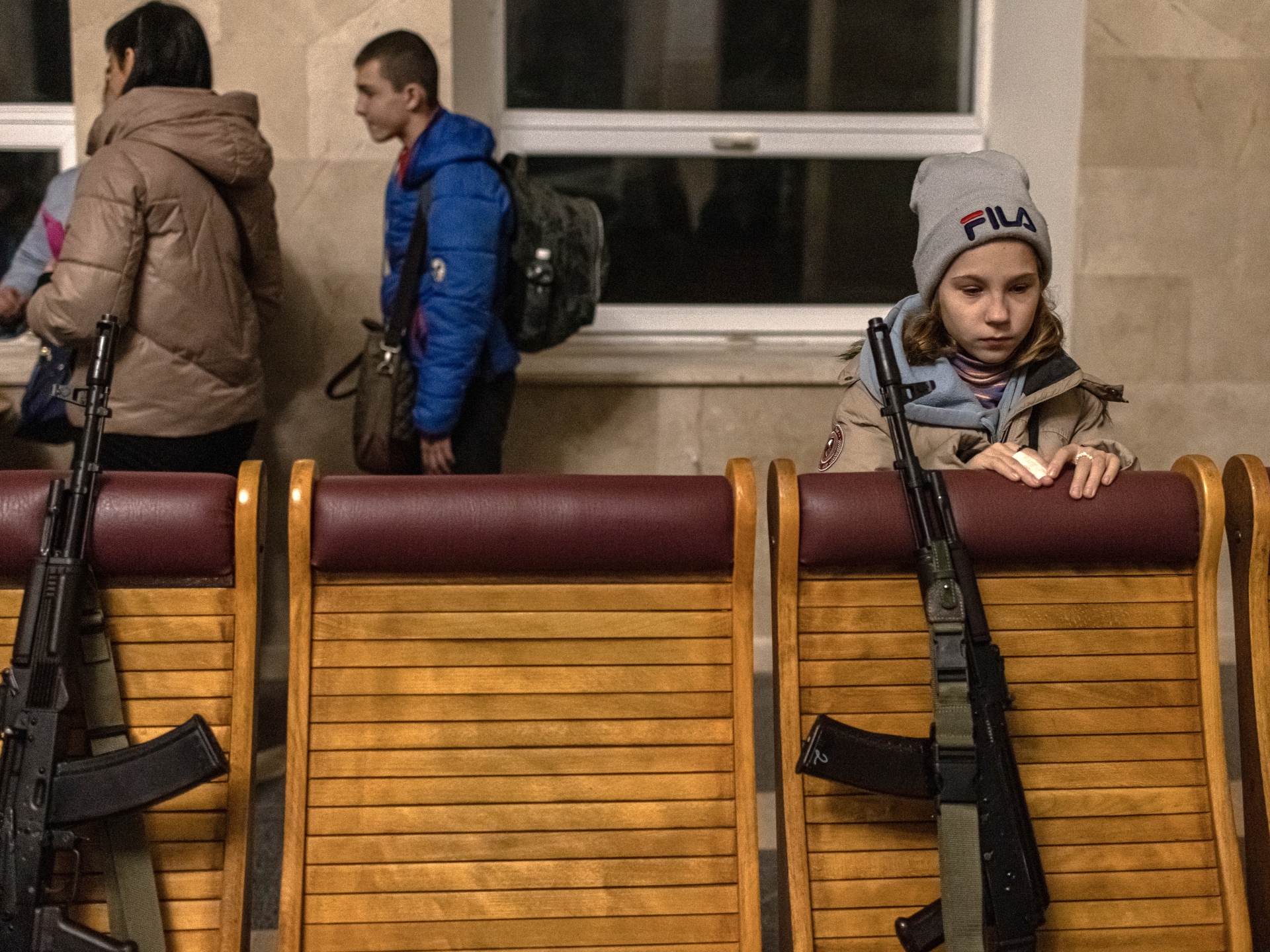As the Russia-Ukraine war enters its 277th day, we take a look at the main developments.
Here is the situation as it stands on Sunday, November 27:
Fighting
- The Dnipropetrovsk region was hit by five Russian attacks from multiple rocket launchers and heavy artillery, said Governor Valentyn Reznichenko. Several houses and other buildings were destroyed, but there were no reported casualties.
- At least 32 people in the southern Ukrainian region of Kherson have been killed by Russian shelling since pro-Moscow forces pulled out two weeks ago, the head of Ukraine’s police said.
- Fleeing shelling, civilians streamed out of the southern Ukrainian city of Kherson, which was recaptured weeks ago.
- Cold weather is slowing military activity on the front line, reported the Institute for the Study of War think-tank.
- Ukraine accused the Kremlin of reviving the “genocidal” tactics of Josef Stalin as Kyiv commemorated a Soviet-era famine that killed millions of Ukrainians in the winter of 1932-33.
- Heavy snowfall was expected in the capital, Kyiv, with temperatures dropping below freezing day and night. Millions of people in and around the Ukrainian capital remain with little electricity and heat.
- Kyiv Mayor Vitali Klitschko said more than 3,000 specialists for a local utility continued to work “around the clock” and succeeded in restoring heat to more than 90 percent of residential buildings.
- While about one-quarter of Kyiv residents remained without electricity, Klitschko said water services had returned to all in the city.
Grain summit
- Ukrainian President Volodymyr Zelenskyy hosted a summit in Kyiv with allied nations to launch a plan to export $150m worth of grain to countries most vulnerable to famine and drought.
- Prime Minister Denys Shmyhal said Ukraine — despite its own financial straits — has $24m to buy corn for countries including Yemen, Sudan, Kenya and Nigeria.
- Last year, Ukraine and Russia provided about 30 percent of the world’s exported wheat and barley, 20 percent of its corn, and more than 50 percent of its sunflower oil.
Oil
- Zelenskyy said the price for Russian seaborne oil should be capped at between $30 and $40 per barrel, lower than the level G7 nations have proposed.
